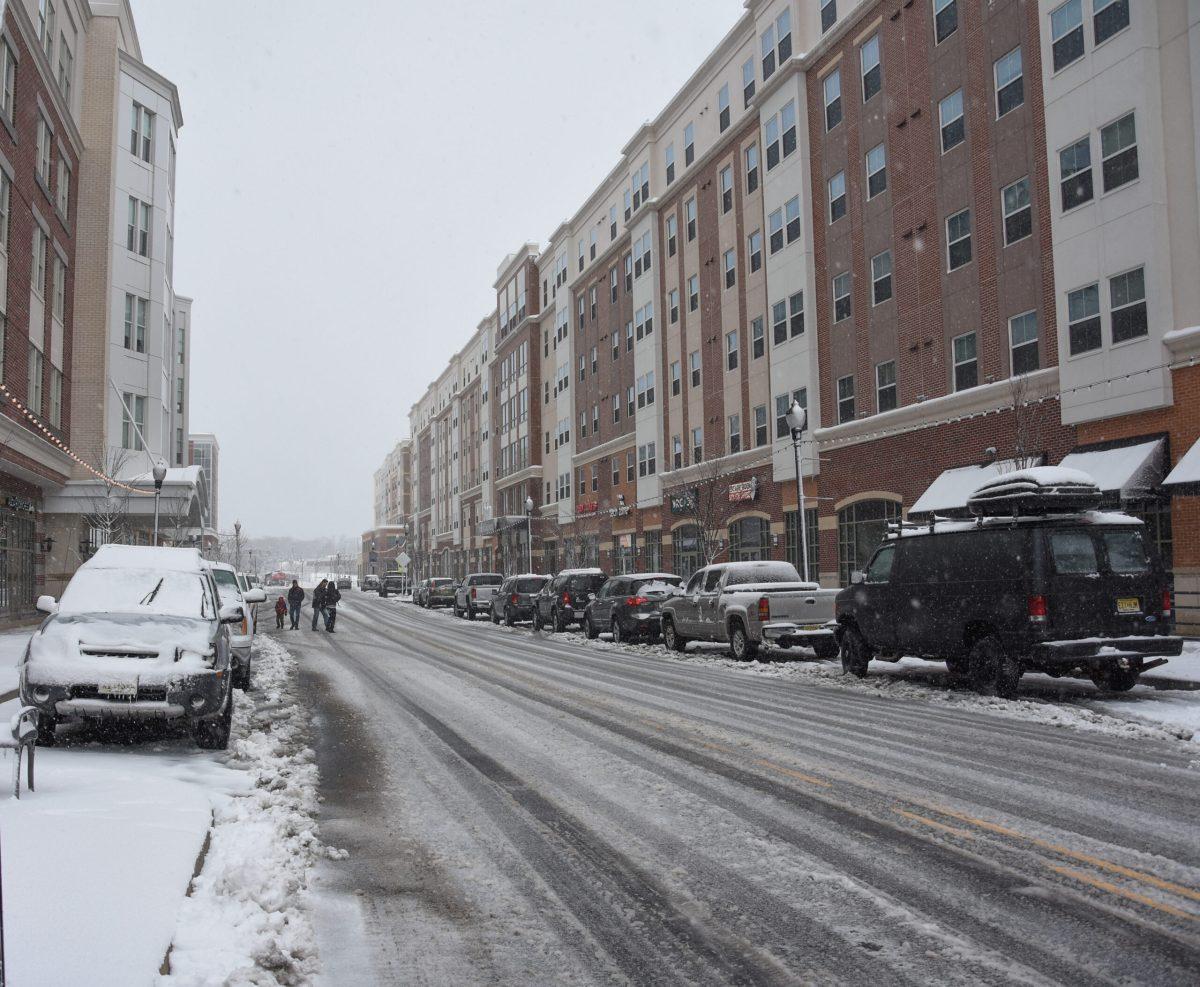Living in New Jersey, we go through a lot of weather extremes. Our winters can typically be brutal, with biting wind chills and several feet of snow. Just 10 years ago we had a seasonal snow total of 78 inches in Philadelphia, which was the snowiest on record. Also, we seem to skip spring and autumn and just go right into winter and summer. Even though cold winters are nothing new around here, there is a weather term that circulates the internet faster than a California wildfire. The polar vortex, which sounds like the name of a bad SyFy Channel movie, is something that has been around for many years and will keep affecting our weather for years to come.
So, what exactly is the polar vortex?
It is a huge area of low pressure that sits way up in our atmosphere and hangs around the North Pole all year long. During the cold winter months, it intensifies and pieces of the air break down and slide towards the United States.
The jet stream, which is a column of wind that acts as a beltway to push storms across the country, buckles and slides all the way down to Florida. This causes the arctic air from Canada to filter down into the entire eastern half of the country. The best way to explain it is that it looks like a horseshoe. Whoever is above the “horseshoe” experiences the arctic air.
“It is nothing new…meteorologists have used that term forever, but only recently got into the general vocabulary,” Glenn “Hurricane” Schwartz, meteorologist from NBC10, said. “Once it gets popularized, it becomes a common term. It used to be that the media didn’t like technical weather terms, but now they do.”
Gary Szatkowski, a retired meteorologist from the National Weather Service office in Mount Holly, has been been through the polar vortex many times in his years working in the Philadelphia area.
“Although the recent cold outbreak was significant, we had more widespread and intense cold outbreaks across the central and eastern United States in 1982, 1985, 1994 and 2014,” Szatkowski said.
There are always important safety tips that you should remember during the winter season. Always have your phone charged in case you need it during an emergency. You should also keep extra blankets, gloves, a scarf, and a beanie in your car to stay warm in case you get stuck in the snow or cold.
“People should make sure to wear proper clothing if going outside,” Szatkowski said. “Bring pets indoors, fill up the gas tank in your car, take precautions so your water pipes don’t freeze at your home or business.”
Frost bite and hypothermia can occur within minutes when outside in extreme temperatures. To find out how to prepare winter weather safety kits and other information on extreme cold, you can visit The National Weather Service site.
Now if you are a snow lover, you are probably keeping your hopes high for more snowy weather before the winter is over. “Hurricane” Schwartz has some good news for you about the rest of the season.
“We’ve probably seen the worst of the cold air, but the pattern may become more favorable for snow and ice as the month progresses,” Schwartz said.
For questions or comments about this article email [email protected] or tweet @thewhitonline.

























































































































































!["Working with [Dr. Lynch] is always a learning experience for me. She is a treasure,” said Thomas. - Staff Writer / Kacie Scibilia](https://thewhitonline.com/wp-content/uploads/2025/04/choir-1-1200x694.jpg)









































